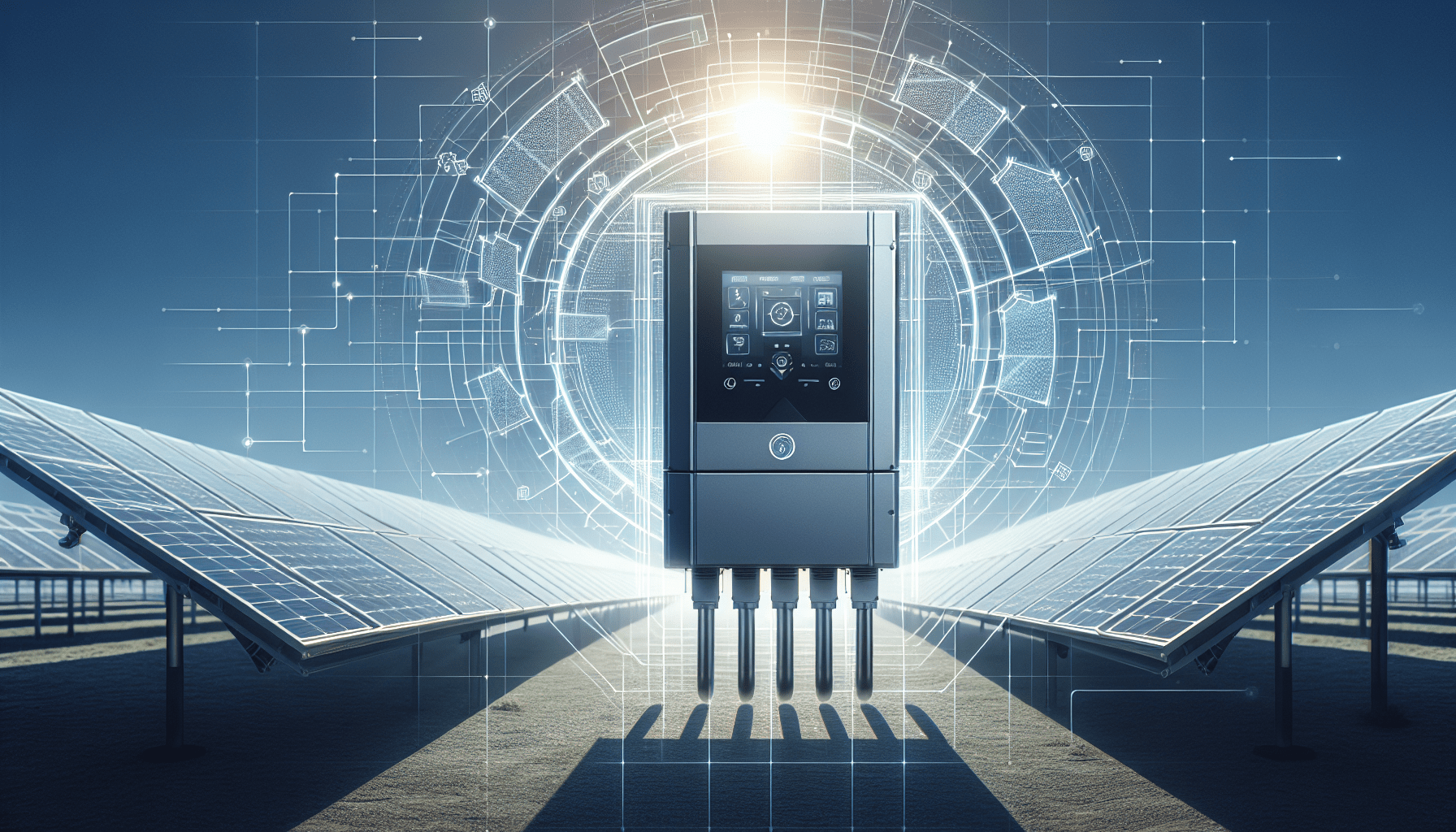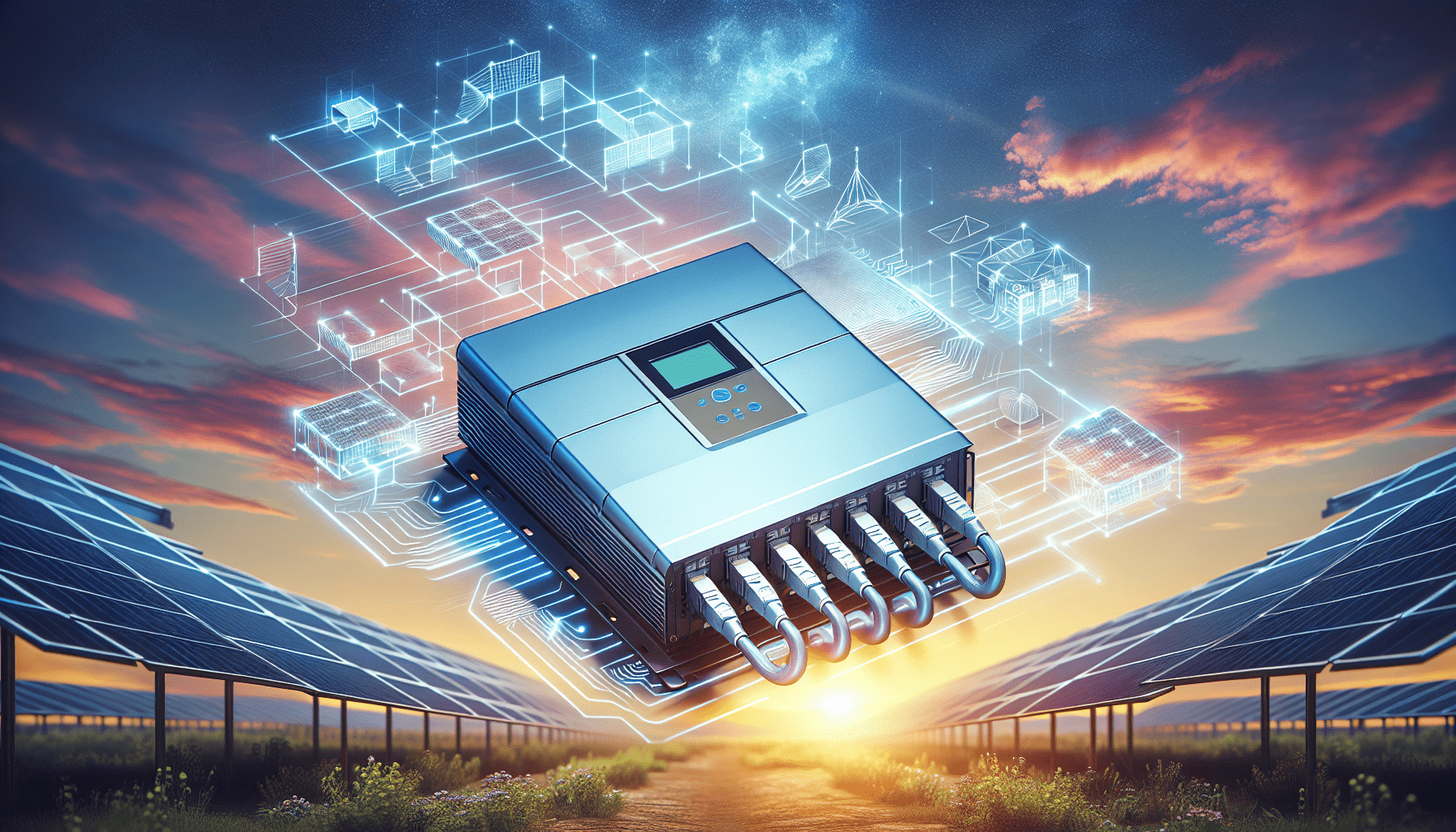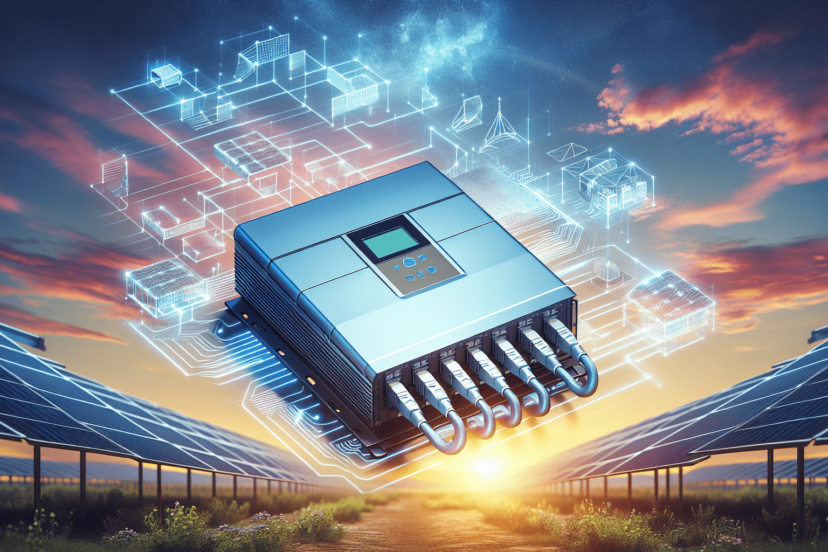Harnessing Energy: Choosing the Right Power Inverter for Solar Systems
As an Amazon Associate, I earn from qualifying purchases, at no additional cost to you. Disclaimer
Have you ever wondered what makes your solar panels work seamlessly to provide electricity in your home? At the heart of every effective solar power system lies a crucial component known as the power inverter. Understanding its significance and deciding on the right one for your setup is key to optimizing energy harnessing. Solar power inverters are indispensable as they convert the direct current (DC) produced by solar panels into alternating current (AC), which is what most home appliances use. Let’s delve into the factors that can guide you toward selecting the perfect inverter for your solar system.
Click Here to Go Solar and Save
Understanding Solar Power Inverters
Before you choose, it’s important to understand what power inverters do and why they are essential for solar systems. The promising journey of solar energy starts with the sun’s rays hitting the panels, producing DC. However, since your household appliances need AC, inverters step in to bridge this energy gap.
The Role of Power Inverters
A solar inverter is central to the efficiency and functionality of your solar power system. Its primary role is to convert DC into AC, allowing you to utilize solar energy effectively. Besides conversion, inverters monitor the system’s functioning, provide ground fault protection, and interface with the grid.
Types of Solar Inverters
Choosing between the various types of solar inverters depends largely on your specific energy needs and budget.
- String Inverters: The most common choice, particularly for residential systems. Economical and reliable, they connect a series of solar panels, or ‘strings’ to one inverter.
- Microinverters: Installed on each solar panel individually, microinverters optimize the performance of each panel. They are more costly but vastly improve efficiency in situations where shading might be a problem.
- Power Optimizers: These units work similarly to microinverters but are coupled with a central inverter. They optimize the DC voltage of each panel, improving energy harvest without converting DC to AC at each panel level.
- Hybrid Inverters: Ideal for off-grid and grid-tied systems, these inverters incorporate battery storage capabilities, becoming a flexible option.
- Central Inverters: Usually used for large-scale commercial solar farms, these are similar to string inverters but on a much larger scale.
Pros and Cons of Different Inverters
Understanding the advantages and disadvantages of each type can make your choice easier:
| Inverter Type | Pros | Cons |
|---|---|---|
| String Inverters | Cost-effective, easy maintenance, reliable | Loss of efficiency with shading issues |
| Microinverters | Maximizes individual panel output, scalability | Higher initial cost |
| Power Optimizers | Improved efficiency in shading, flexible | Requires specific inverter compatibility |
| Hybrid Inverters | Battery storage capabilities, versatile | More complex, higher cost |
| Central Inverters | Suitable for large installations, high power | Not suitable for residential use |
Factors to Consider When Choosing a Solar Inverter
Every solar installation is unique. Therefore, when choosing a solar inverter, it’s important to take several key factors into consideration.
System Size and Energy Needs
Consider the size of your solar system and your household’s energy consumption. The inverter should be able to handle the energy output of your panels and meet your electricity needs throughout different seasons.
- Small Systems: Often paired with string or microinverters to maintain cost-effectiveness.
- Medium to Large Systems: Might benefit from using power optimizers or hybrid inverters due to their higher scalability.
Budget Constraints
Your budget plays a pivotal role, as the best inverter for your needs might stretch financial limits. It’s crucial to find a balance between price and performance.
Efficiency and Performance
An inverter with higher efficiency will convert more solar energy into usable electricity. Check the efficiency rating; most quality inverters perform at 90-98% efficiency.
Durability and Warranty
Check the inverter’s durability and look for warranties. A good warranty period (usually 10-25 years) ensures the longevity and reliability of the inverter.
Monitoring and Connectivity Features
Modern inverters offer advanced features like Wi-Fi connectivity, allowing you to monitor system performance remotely via apps or web portals. This ensures that you are always informed of any issues or drops in efficiency.
Environmental and Site Conditions
Consider your local climate and site specifics, such as shading and roof orientation, as these can greatly affect inverter performance. In situations with complex shading, microinverters or power optimizers are more suited.

Click Here to Power Your Home with Solar
Installation and Maintenance
Proper installation and regular maintenance are pivotal to ensuring the longevity and efficiency of your solar power system.
Hiring Qualified Installers
A professional installer will ensure that your inverter and solar panels are correctly set up and comply with local regulations. This reduces risks of inefficiencies or hazards.
Routine Checks and Upkeep
Regularly check your solar inverter’s operational status and update software as necessary. Clean your panels and ensure connections are secure to maintain optimal performance.
Future-Proofing Your System
Investing in a solar system can be a long-term commitment. As technology advances, so too should your preparation for future enhancements.
Scalability
Choose an inverter that allows you to expand your solar system as your energy needs grow. This is particularly relevant if you plan to add more panels or integrate battery storage.
Keeping Abreast of Technological Trends
Stay informed about the latest developments in solar technology to make informed decisions about upgrading your system components.

Click Here to Discover Solar-Powered Solutions
Choosing the Ideal Brand and Model
Reputation and reliability are key when navigating brands and models.
Established and Trusted Brands
Some brands have established themselves as leaders in the solar industry with proven technology and solid after-sales support.
- SMA Solar Technology: Known for quality string inverters.
- Enphase Energy: Leading the way with reliable microinverters.
- SolarEdge Technologies: Popular for power optimizers and advanced monitoring features.
Reading Reviews and Getting Recommendations
Explore user reviews and consult with professionals to get acquainted with different experiences and options before making a decision.
Conclusion
Selecting the right solar inverter requires consideration of various factors including system size, budget, and environmental conditions. Balancing these aspects with future expansion capabilities and keeping up with technological advancements can lead you toward a more efficient and sustainable energy solution. A well-chosen inverter not only optimizes energy harnessing but also ensures the long-term success of your solar investment. Understanding your unique energy needs and keeping adaptability in mind will help you make an informed decision as you embark on your solar journey.

